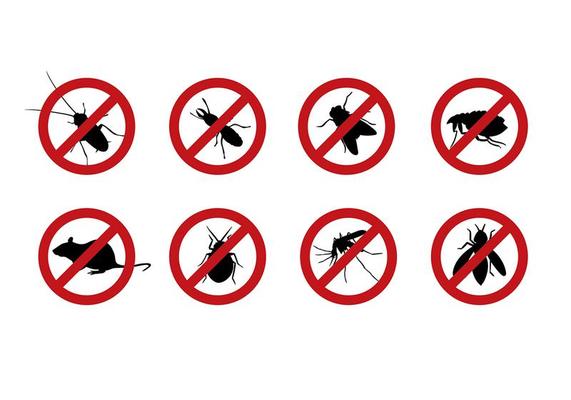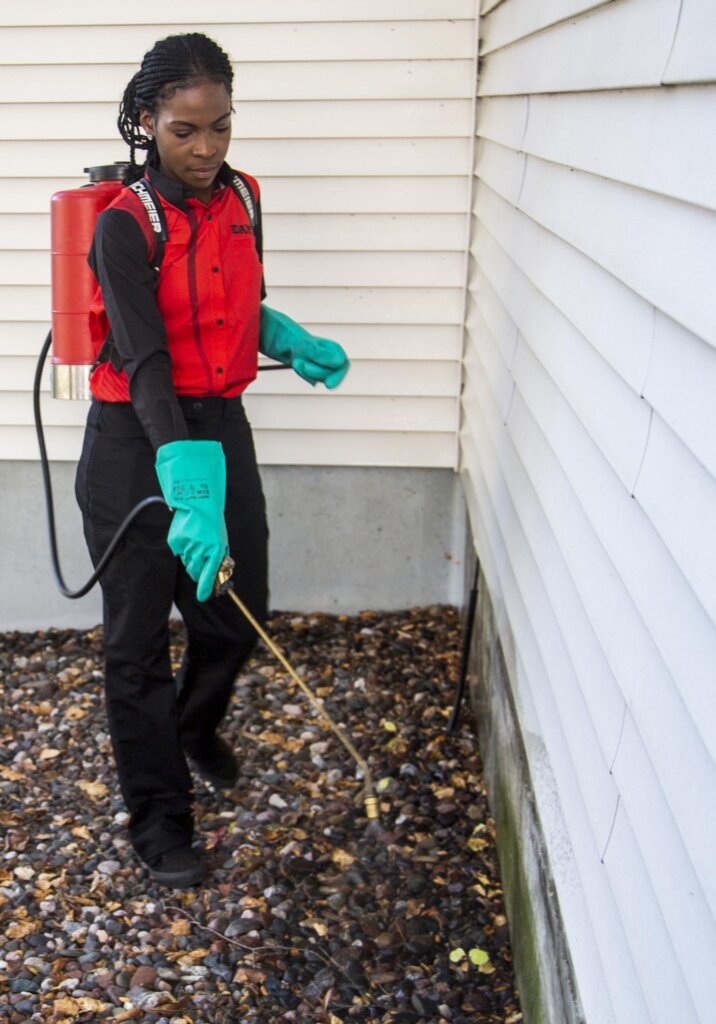Professional Solutions for Pest Problems from Pest Control Lockhart
Professional Solutions for Pest Problems from Pest Control Lockhart
Blog Article
Discovering Invasion and Treatment Approaches on the planet of Insect Control
The landscape of parasite control encompasses a myriad of difficulties, specifically as infestations of common family parasites continue to develop. By incorporating preventative measures with advanced administration methods, such as Integrated Parasite Management (IPM), property owners can better secure their settings.

Usual House Vermin
When it comes to managing our living areas, comprehending typical house parasites is crucial. These insects not only disrupt our comfort however can likewise present health and wellness threats and damages property. The most prevalent household pests consist of ants, roaches, rats, termites, and bed pests.
Ants, often seen foraging in kitchens, can infect food and establish big colonies. Cockroaches, known for their durability, can trigger allergic reactions and spread microorganisms. Rodents, consisting of computer mice and rats, can create structural damage and lug diseases like hantavirus and salmonella. Termites, commonly described as "quiet destroyers," can endanger the integrity of wood frameworks, bring about costly repairs. Bed bugs, although not condition service providers, can trigger significant discomfort via their attacks and result in psychological distress.
Acknowledging the signs of these pests, such as droppings, nests, or attack marks, is vital for very early treatment (Pest Control Lockhart). Proper hygiene methods, securing entrance points, and preserving a clutter-free environment are reliable preventative steps. By determining these usual family pests and recognizing their behaviors, home owners can take positive actions to reduce problems, making sure a healthier living atmosphere
Understanding Bug Infestations
Insect problems can rise rapidly, turning a minor aggravation right into a significant problem if not dealt with immediately. Usual variables adding to problems consist of poor sanitation, structural vulnerabilities, and seasonal changes that drive pests indoors.
Identifying the type of insect is necessary, as various types display different habits and reproductive prices. As an example, rats might develop nests in surprise locations while insects like roaches grow in damp environments. Early detection typically rests on recognizing signs such as droppings, gnaw marks, or uncommon noises, which can suggest a problem prior to it comes to be serious.
Cozy, humid environments can facilitate the fast growth of insect populaces, while changes in landscape design or construction can unintentionally develop favorable settings. An informed technique to recognizing these dynamics lays the groundwork for reliable insect administration approaches in the future.
Treatment Techniques and Strategies
Effective treatment techniques and strategies are important for alleviating pest invasions and restoring a risk-free atmosphere. A complex approach is typically best, including chemical, organic, and mechanical strategies tailored to the certain bug and the severity of the infestation.
Chemical treatments include the use of insecticides and herbicides, which can successfully remove parasites. Correct application and adherence to safety and security standards are crucial to minimize risks to humans and non-target organisms. Integrated Pest Administration (IPM) motivates the cautious use chemicals as a last resort, depending instead on monitoring and threshold degrees to determine treatment needs.
Biological control approaches include introducing all-natural predators or parasites to minimize bug populaces. This technique is progressively popular, particularly in farming settings, as it advertises environmental sustainability.
Mechanical methods, such as catches and barriers, give instant remedy for pests without presenting chemicals. Options consist of sticky traps for pests or physical barriers for rats.
Eventually, the selection of treatment approach must consider the certain insect, the setting, and potential influences on human health and ecosystems. A well balanced combination of these methods can effectively handle infestations while promoting lasting pest control options.
Preventive Procedures for Residence
Proactively dealing with parasite issues before they rise is vital for preserving a healthy and balanced home environment (Pest Control Lockhart). Executing reliable safety nets can substantially reduce the possibility of problems, inevitably safeguarding both your building and well-being

Appropriate landscaping likewise plays a vital duty in avoidance. Maintaining bushes and trees cut away from the home minimizes the possibilities of bugs discovering their method inside your home. Additionally, guarantee that drain systems are working effectively to stop standing water, which can draw in mosquitoes and other pests.
Lastly, routine examinations are suggested. On a regular basis inspecting for indications of insect activity permits very early intervention. By adopting these safety nets, house owners can produce his explanation an environment that is much less welcoming to pests, therefore improving their overall top quality of life and lowering the demand for comprehensive pest control treatments.
Industrial Pest Control Approaches
A detailed approach to industrial pest control is crucial for companies intending to maintain a secure and hygienic atmosphere. Effective approaches include a combination of routine evaluations, employee training, and the implementation of Integrated Parasite Administration (IPM) practices.
Normal inspections allow very early detection of parasite her response activity, enabling prompt intervention. Services need to develop a regular timetable for these assessments, concentrating on risky locations such as hop over to these guys kitchens, storeroom, and garbage disposal sites. Worker training is just as essential; personnel needs to be enlightened on the signs of insect problems and the importance of reporting them promptly.
Applying IPM practices helps reduce bug concerns sustainably. This consists of environment modification, such as sealing entry points and minimizing mess, along with using all-natural deterrents prior to considering chemical therapies.

Moreover, collaborating with a certified insect control supplier makes certain accessibility to specialist expertise and innovative therapy alternatives. This collaboration can cause tailored parasite control intends customized to the certain requirements of the service, lessening dangers and improving overall efficacy. Inevitably, an aggressive and enlightened technique promotes a pest-free atmosphere, protecting both public health and business online reputation.
Verdict
In final thought, reliable insect control demands an extensive understanding of usual household bugs and their behaviors, combined with targeted therapy methods. Applying preventive procedures along with treatment methods such as Integrated Pest Administration and organic control enhances the capability to minimize infestations.
Report this page